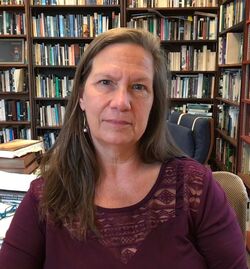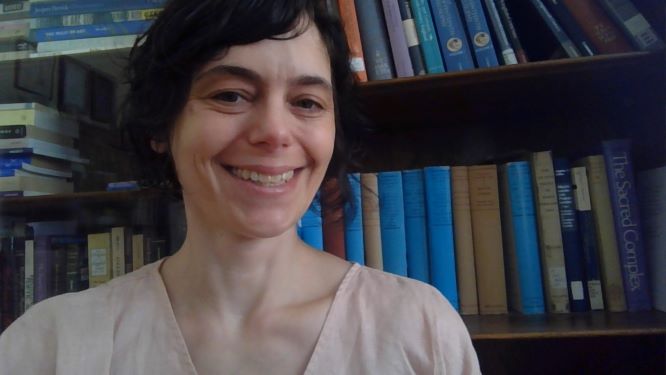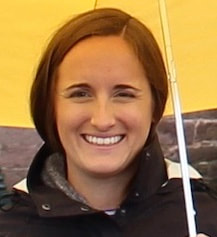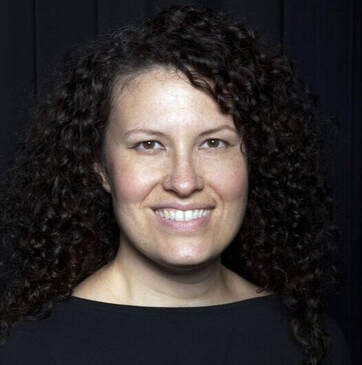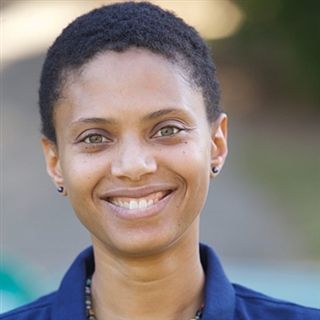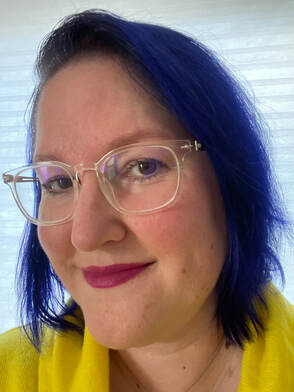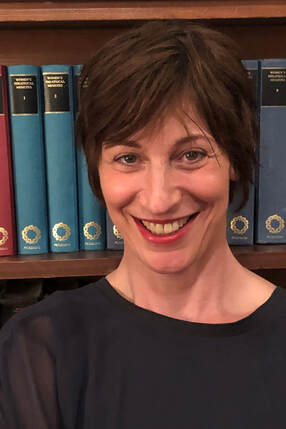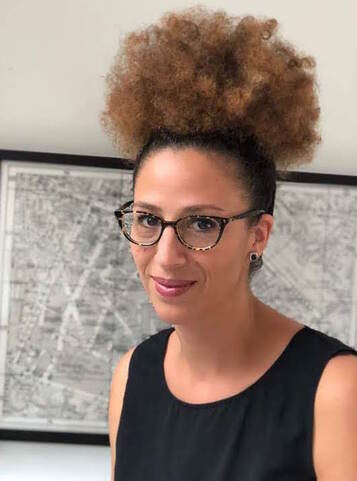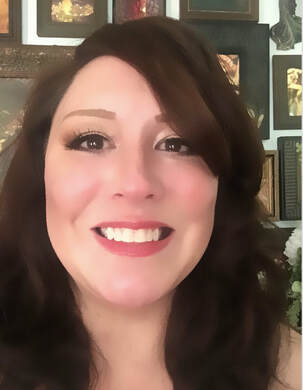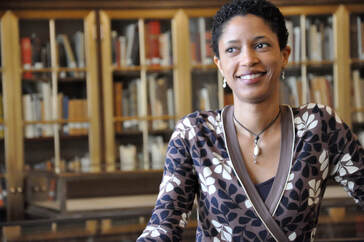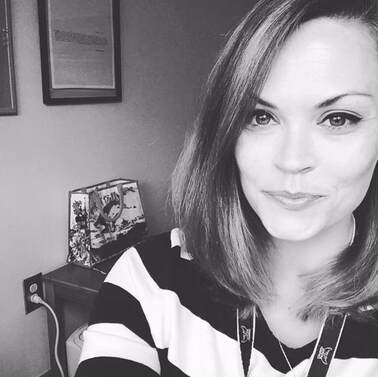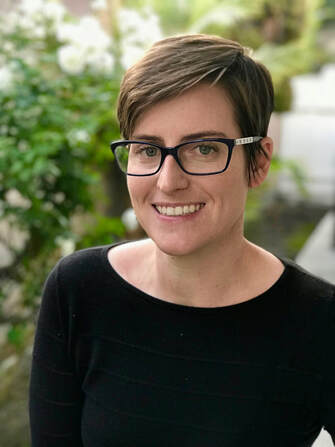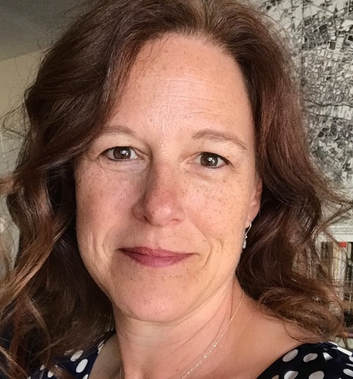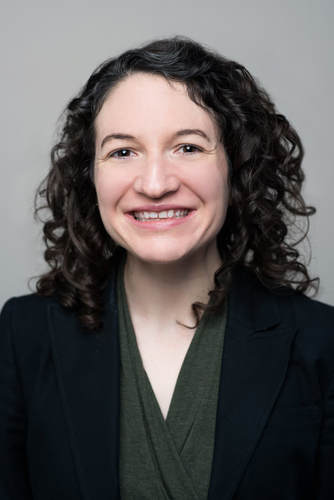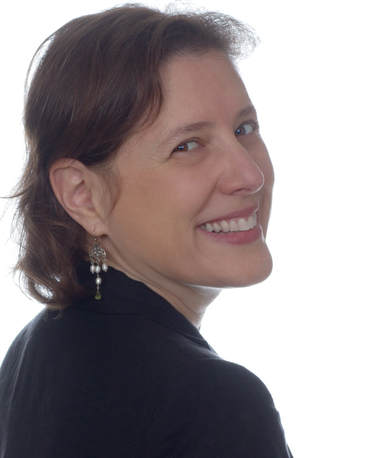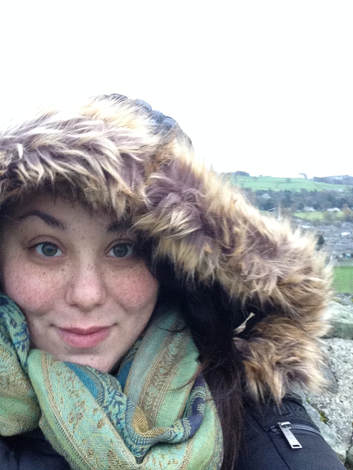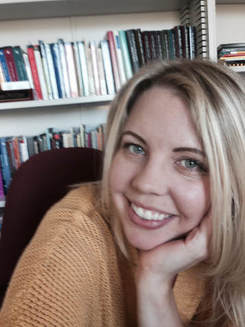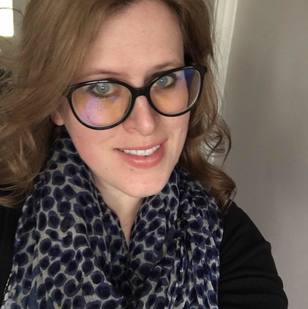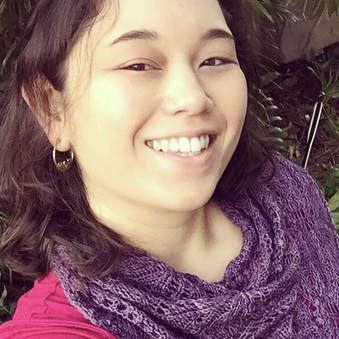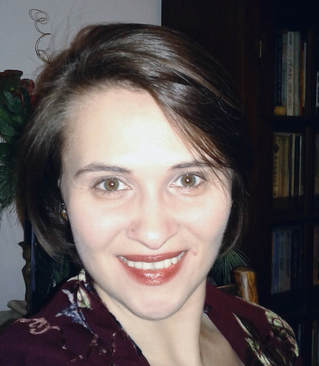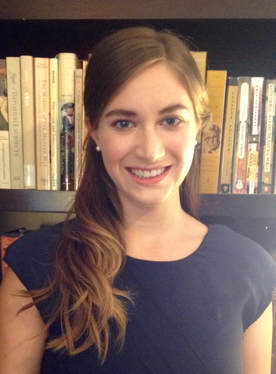Past Members of the Month
Member of the Month Profile: Jocelyn Harris
Interview by Nicole Mansfield Wright
Interview by Nicole Mansfield Wright
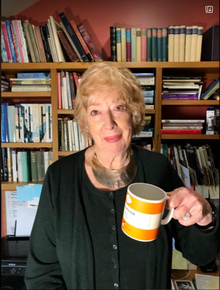
Dr. Harris is the author, most recently, of Satire, Celebrity, and Politics in Jane Austen (Bucknell University Press, 2018).
Here is the publisher’s website, which includes reviews:
https://rowman.com/Action/Search/_/jocelyn%20harris
She also invites members to visit “the only store dedicated to books by and about Jane Austen”: https://www.janeaustenbooks.net/
1) Any recent developments/publications/interests, etc. you would like us to publicize?
Hunting down portraits and scurrilous caricatures for Satire, Celebrity, and Politics in
Jane Austen (Bucknell UP, 2018) has lured me more recently into art history. In the belief
that Austen is a caricaturist as well as an ironist and a satirist, I’ve figured out where she
could have encountered cartoons in her walks around London: see “What Jane Saw––in
Henrietta Street,” Art and Artifact in Jane Austen, ed. Anna Battigelli (University of
Delaware Press, 2020), 224–238. More recently, in “A Lost Miniature of Jane Austen’s Aunt
Philadelphia,” The Jane Austen Society Annual Report (2021), 19–24 and "The Lost
Miniature of Captain Francis Austen (1806),"; AR (2022), 89–103, I seek the current location
of these two portraits. Puzzles intrigue me. Why, for instance, did Jane Austen refuse to meet
the most celebrated woman novelist of her day, Germaine de Staël? And what if the Rice
Portrait of Jane Austen is real?
2) How did you first become interested in Austen and her novels?
I read Jane Austen with pleasure when young, but editing her favorite novel, Samuel
Richardson's seven-volume History of Sir Charles Grandison (Oxford University Press,
1972), made me see just how extensively she reworked its characters and episodes. The
realisation that her intertextuality was habitual led me to Jane Austen’s Art of Memory
(Cambridge University Press, 1986), where I show her plundering Chaucer, Shakespeare,
Milton and Richardson for her own purposes and without the faintest trace of anxiety. Then
came presentations, plenaries, articles and two more books about Austen. In A Revolution
Almost Beyond Expression: Jane Austen’s Persuasion (Delaware University Press, 2007), I
put her into her own time and place, then watched her mind in the act of creation as she
refashioned her cancelled chapters into a triumphant conclusion.
In Satire, Celebrity and Politics, I argue that Jane Austen was a satirist, a celebrity-
watcher, and a keen political observer of real people, especially the prince regent, whom
she hated. Think John Thorpe as the boorish young prince, the amoral William Walter Elliot
as the older regent, eager to grasp the honours he despised, and Sir Walter as the narcissistic,
extravagant regent, unable to retrench. For the creation of Elizabeth Bennet, I argue that
Austen drew on the life, appearance and enchanting attributes of the much-loved comic
actress Dora Jordan, mistress to the Duke of Clarence and mother of his ten children. I also
discovered that the portrait identified by Austen as Jane Bennet was Mrs. Quentin, mistress to
the regent while her husband was off at the Peninsular War. My Jane Austen is no domestic
mouse, but a well-informed, confidently critical, wickedly funny and thoroughly worldly
woman
3) What have been some of the most notable changes in Austen studies since you began your
research?
In 1971, only a handful of women academics attended my first ASECS in Atlanta. Papers
about Jane Austen were rare then and for a long time afterwards. I myself spoke about the
surprisingly close personal and intellectual connections between Samuel Richardson and the
pioneering feminist Mary Astell. Years later, it appeared as “Philosophy and Sexual Politics
in Mary Astell and Samuel Richardson” in Intellectual History Review (2012), 22.3: 445-63.
Thanks to the feminist revolution, more women have entered the profession, and many write
about women writers. As soon as ASECS extended its field of study to the so-called "long
eighteenth-century," more papers appeared on Austen. In 1979, the Jane Austen Society of
North America, with its annual meetings and publications, became the mother-ship for
Austen societies springing up all round the world. Scholars as well as general members seize
the chance to share their research with the 5000 readers of Persuasions, JASNA's house
journal. The UK and US Burney societies mingle companionably with JASNA and ASECS;
the University of South Carolina welcomes all comers to its Jane Austen summer program;
and Goucher College offers a scholar's residency at the Alberta Hirshheimer Burke Jane
Austen collection. But be warned––members of JASNA know their Austen pretty much by
heart, and a speaker who messes with a quotation risks public humiliation.
In 1995, Mr. Darcy's wet shirt transformed Austen studies for the general public as well as
academics, who now write about Austen from every possible angle––the history of empire,
slavery, theater and art, the study of celebrity, reader response, music, women's magazines,
material culture, costume, needlework, gender, film, adaptation theory, linguistics,
economics, newspapers and more. Startled by the success of BBC Pride and Prejudice,
Hollywood quickly embraced Austen for her bankability (Clueless is my fave), and novelists
pounced on her for their fiction (Longbourne wins the prize). Austen is now celebrated as
widely as Shakespeare. No surprise that her image ended up on the £10-pound note. In 2016,
“Will & Jane: William Shakespeare, Jane Austen, and the Cult of Celebrity” drew crowds
dressed in eighteenth-century costumes to that sober institution, the Folger Shakespeare
Library in Washington. And yes, The Shirt was at the centre of an exhibition combining
serious scholarship with play.
Back in England, The Annual Report of the Jane Austen Society continues to offer a steady
supply of information and ideas. At Jane Austen's House Museum, 37,000 visitors arrive
every year, while at nearby Chawton Great House, an Elizabethan manor house formerly
owned by Jane's brother Edward and handsomely restored by Sandy Lerner, scholars delve
into the extensive and ever-growing library of books and manuscripts by eighteenth-century
women writers. Conferences, exhibitions and special events attract academics and members
of the public alike. Generous support from the University of Southampton and the North
American Friends of Chawton Great House, together with inspirational leadership from
executive directors Gillian Dow and Katie Childs have enabled it to flourish. Given the
lamentable decline in humanities, such mutually beneficial collaborations between scholars,
institutions and readers are much to be applauded.
4) Where do you think the field is headed in future years?
In 2013, I took part in an ASECS roundtable called "Has Jane Austen Jumped the Shark?"
All of us said NO. That woman is quite simply inexhaustible. Whatever happens next, it will
be an exciting ride. She who stayed sane during a time of great peril may help us stay sane in
ours.
5) How have any or all of the following—the COVID pandemic, recent technological advances, political developments, shifts in higher education, etc.-- changed your research agenda and writing process, if at all?
The miracle of the internet allows scholars, even in far-flung New Zealand, to forage in the
vast fields of information about the eighteenth century. In my own work, I call often on the
internet to challenge earlier assertions that Austen’s content is restricted; that being
uneducated and a woman, she could only write unconsciously, realistically and
autobiographically; that her national and sexual politics were reactionary; and that her novels
serve merely as havens from reality. My Jane Austen is outward-looking, self-conscious,
intertextually aware, critical of hypocrisy and fiercely satirical about the toxic system of rank.
In short, a public intellectual.
Deep-diving into digital resources has become addictive. It also stops me emitting all that
carbon on long-haul flights, and although I miss my beloved friends at ASECS and JASNA, I
can always stay in touch through email, Facetime, and Facebook. During the COVID
lockdown, again thanks to the internet, I cheered myself up by scripting and producing “Rock
Stars of the Regency” for Virtual JASNA (2020): https://vimeo.com/573044450
“Rock Stars” was originally to be performed in the Rock and Roll Hall of Fame in Cleveland,
Ohio, so I played the narrator as Dolly Parton. Best comment in the chat: “I didn't know that
studying Jane Austen could be fun.” Yes, Virginia, scholarship can be fun. And the more we
reach out to the larger public, the better.
6) Any suggestions for what the Women’s Caucus and its members can do to support women
scholars and/or research on women writers?
The Women’s Caucus website is packed with ideas and energy. Keep talking to one another,
keep encouraging one another, keep spreading the good news about your innovations and
achievements. Support of woman for woman has grown along with the Women’s Caucus
itself. Long life to this vital institution!
